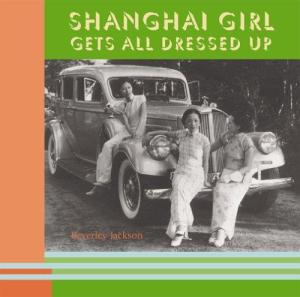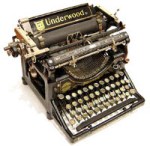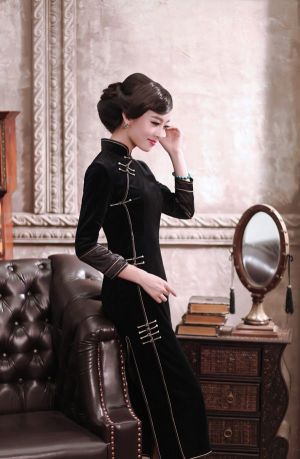 OK, I said I’ll give an example of the way in which I’m trying to use Taoist elemental theory in outlining my characters.
OK, I said I’ll give an example of the way in which I’m trying to use Taoist elemental theory in outlining my characters.
My story features a female character – she’s the female half of the protagonist team.
As you probably know, I like writing about couples of characters – I’m pretty convinced a man and a woman together can work better, as protagonists of an action story, than a man or a woman alone.
Probably comes from growing up watching The Avengers (as in Steed & Peel).
Let’s see what happens when, doing my final draft, I plug-in the Taoist Elements – which, I’d like to remind you, are a logical thing to add considering story, setting etc.
My female lead already exists in the first draft of the story, where I developed her character on the fly, as I usually do, jotting down a few notes as I wrote the story.
She’s thirty-something, Chinese, a political activist in Shanghai and a (reluctant) woman of action.
She’s anachronistic – my story is set in the Thirties and she’s much more “modern” than historical accuracy might dictate.
And yet, she’s still plausible – she’s one of the “new women” that were changing the game between the wars.
So she’s a cool character.
At this point I’m toying with the Wu Xing thingies, and I decide to connect my female lead with Water.
This provides me with a number of interesting insights.
Water element is usually connected with wit and erudition, with resourcefulness – and this is good, because she’s designed to be the level-headed, learned member of the team.
Fear is usually associated with Water – which suggests my character is a worrier.
And it fits.
According to my tables, her main sense is hearing – I don’t know what I’ll make of it, but I take note of that, too.
The taste usually associated with Water element is salt – she likes salty foods, but also, she’s saucy, so to speak…
The fact that the smell usually associated with her is given as “putrid” sort of spoils the charm of the character big time, so we’ll drop that.
The color associated with Water is black – fine, she’ll dress in black whenever possible.
This is a throwaway bit, but helps defining the character, it gives her consistency.
 In more general terms Water is – to me – associated with flowing movements, with adaptability.
In more general terms Water is – to me – associated with flowing movements, with adaptability.
Once again, I’ll make a note of this, and signal it with my descriptions. Her moves will be ample and fluid, her style flamboyant.
Her black clothes will have some flair to them – and as much as a (black, obviously) cheongsam might be historically accurate, I’d probably go for something more flowing – Shanghai was a cosmopolitan city, and there should be plenty of interesting choices and opportunities for showing off her wardrobe (and yes, this means collecting tons of photo references on 1930 fashion*).
I will also have to get some reference about martial arts, find a suitable style for her to adopt, and then get me a few Youtube videos to get an idea of how she moves in a fight.
And so on.
I also get some insight in her relationship to the other characters – she’ll be challenged against the Fire-themed bad guy, for instance, and she will have a strange, complicated relationship with the Metal-themed character.
And this is good, because the male lead, her partner in the story, is the Metal character.
Bingo.
All of this, of course, will not be made explicit in the story.
It serves exactly as those character sheets writes sometimes use, to keep track of the character traits, and give each character consistency.
In the book, the subject of Wu Xing will be discussed briefly, and the most perceptive readers might make the connection.
But should they fail to make the connection, still the characters will have a little extra depth and a breadth thanks to this gimmick.
I think.
Will it work?
Ah!
Let me finish what I’m doing right now, as the deadline looms closer, and then I’ll start on this project, and we’ll see if it works or not.
—————————————————
* Pinterest is of course the place to be, but Shanghai Girl Gets All Dressed Up is just a beautiful book.






17 September 2014 at 17:45
I really like these post on “characters-applied Taoism”! They are very interesting, and I think many writers would have to learn about how you use a nice background without throwing it in readers’ face! Well… In fact, without saying anything to the readers! 😀
LikeLike
17 September 2014 at 17:54
In my experience, A LOT of background on the characters is there for the author to know how they move and talk etc., not for the readers.
I’ve seen some 100-questions character sheets that are really intimidating.
I think in the end using part of the world as a crutch to structure the characters’ background is more fun, and more useful.
LikeLike
19 September 2014 at 17:13
Great post, I think I will go through it several times…
And I’m very intrigued by your thirty-something, Chinese, reluctant woman of action! 🙂
LikeLike
19 September 2014 at 17:15
My heroes are always reluctant, and rather lazy 😀
LikeLike